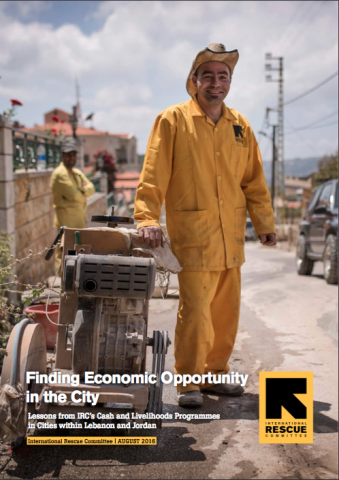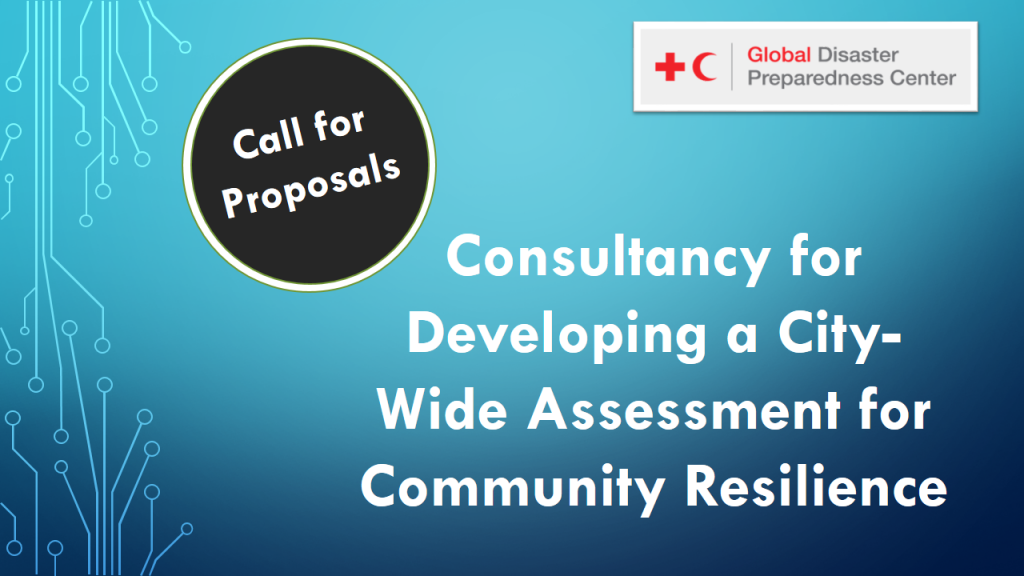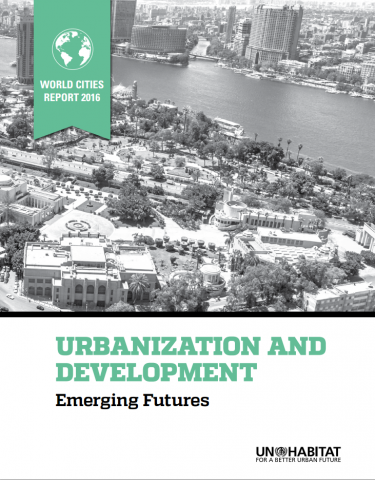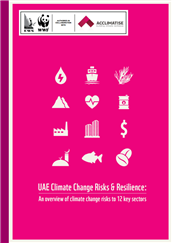RCRC Urban Collaboration Workshop Report, Oslo May 2017
As a follow-up to the first RCRC Urban Collaboration Platform Workshop held in Copenhagen in 2016, a second UCP Workshop was held in Oslo on May 18th and 19th 2017. The workshop gathered nearly 30 urban experts from 14 National Socities around the world, in addition to representatives from IFRC, ICRC, and the RCRC Climate […]
RCRC Urban Collaboration Workshop Report, Oslo May 2017 Read More »




